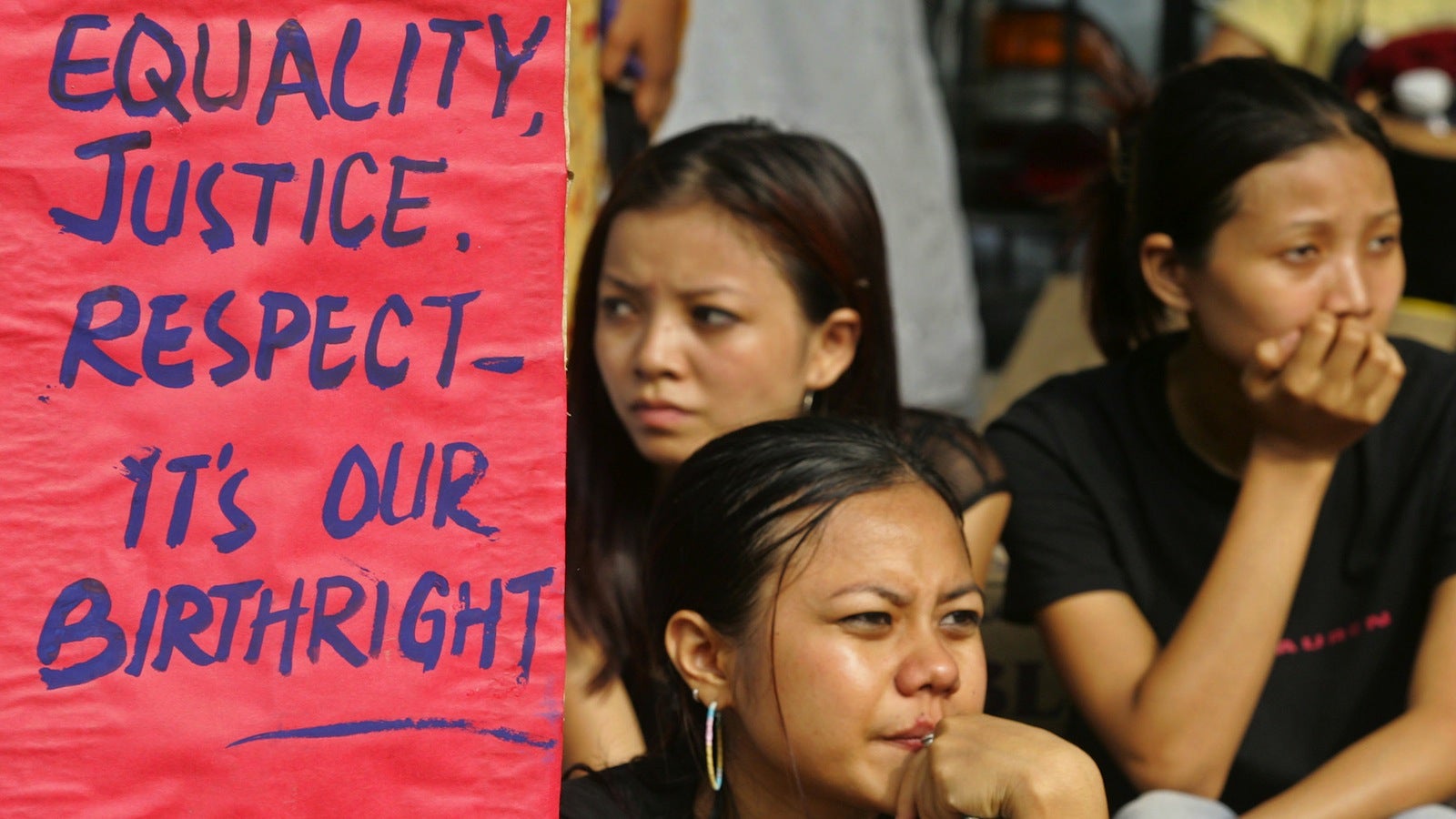India can stop the mauling, harassing, and killing of northeasterners—yet chooses not to
Everyone’s asking why.


Everyone’s asking why.
There’s been another spate of crimes on northeast Indians this month—attacks on Manipuri students in Bangalore, on workers from Nagaland in Gurgaon, and the death of a young woman from Mizoram in Delhi.
But we’ve been here before—and convened inquiries, commissions, and reports. The results of the last time this happened—the so-called MP Bezbaruah committee report—had tangible solutions.
The problem is that nothing happened. Will this time be different?
The report examines the rise in discrimination against migrants from India’s northeastern states. The committee, which submitted its report in July, was constituted by the government after a 19-year student from Arunachal Pradesh, Nido Taniam, paid the price for his “chinky” looks with his life. Ironically, Lajpat Nagar, the Delhi neighborhood where he died, is an immigrant colony formed largely of Partition refugees, and the country’s capital has been built on waves of migration.
“There are two things—one is prejudice stemming from ignorance, which leads to taunts and subtle discrimination. This can be combated over the long term through cultural sensitization,” Bezbaruah said in an interview with Quartz.
For the second problem—to deter violent crimes, his report suggests the following:
- special police units to probe such crimes.
- fast-track courts so justice is served.
- cases should be disposed of in 90 days.
“If criminals are dealt strong punishment, then it will not only be a deterrent in the future, but will also send a signal to migrants from the north east that the state is serious about their safety and well being,” Bezbaruah said.
The need for quick redress can be illustrated by the recent verdict on the 2010 Dhaula Kuan rape case. The case, which saw the gang rape of a call-center employee from Manipur, took four years before the court pronounced those involved guilty. The victim felt compelled to leave Delhi. Her father testified to a national daily that for months, they received threatening calls asking them to withdraw the case. The verdict came on the day three Manipuri students were beaten up in Bangalore for not knowing how to speak in the local language, Kannada.
The Bezbaruah committee report has noted that Delhi exhibits the worst discrimination among India’s metros. The answer might lie in the numbers. The committee quoted a study which found that more than 400,000 people have migrated from the northeast between 2005 and 2010, with Delhi being the preferred destination.
“There has been a change in the profile of the migrants, which could be a factor behind the rise in crimes. Earlier, it was mostly students. Now many come to work in the lower rungs of the service sectors. Preference for workers from the region in certain areas, like the hospitality industry, has fed resentment in a certain section of the local population,” Bezbaruah said. The report notes that many such workers live in affordable areas, which are essentially urban villages, and where their way of life comes into conflict with locals who are still rooted in conservative traditions.
The committee has called for amending section 153 of the Indian Penal Code to include stringent punishment for racially-motivated crimes, and to set up an implementation committee with civil society representatives in the ministry of home affairs. IPS officer Robin Hibu, who assisted the committee in its proceedings, has argued for an anti-racism law. “In addition, there should be dedicated nodal officers in the ministry of home affairs charged with the responsibility of monitoring crimes against people from the region in all those metro cities which have witnessed such crimes,” he said.
Though Delhi Police has a special unit that looks into issues troubling migrants from the region, Hibu points out that it is virtually toothless. “It does not have the power to launch investigations nor can it book FIRs,” he said.
Despite assurances that the government is examining the report, many who were consulted during its drafting are disappointed with the delay. “The government should promulgate an ordnance at the earliest to deal with such crimes. We need greater discussion about race crimes,” said Sanjoy Hazarika, a veteran journalist and author of several books about the northeast.
Kishalay Bhattacharjee, another journalist from the region, argues that strong policing and fast-track courts are only part of the solution. “There can be silent discrimination … This could happen at work. The real challenge involves changing mindsets. This will take a generation, so the government should seriously look at cultural sensitization. They could start with schools,” he said.
The committee found that many crimes go unreported due to police apathy. Taniam’s killing compelled writer Janice Pariat to “out” her own experience of being attacked in Delhi years before. She wrote, “Many post-colonial states, like India, have often become the bone of contention of different groups to assert their pre-eminence over the other.”
The government can do three things at the minimum:
- start with strengthening law and order, and provide quick, legal redress
- start a broader programme of sensitisation, whether that involves the police, resident welfare associations, or outreach programmes in schools and colleges.
- spread the benefits of economic liberalisation. From Bihar onward, India’s poorer eastern half suffers from infrastructure deficit, a lack of industries, and educational and employment avenues. Lack of development has fueled insurgency. The government has to create educational and employment avenues in the northeastern states. It must value its people—if it wants others to do the same.